
How to get an AS/NZS 4417.1:2012 Test Report?
Electrical Equipment Safety System (EESS) – Equipment Safety RULes for Australia and New Zealand
Product Scope:
1. Rated at voltages greater than 50V AC RMS or 120V ripple-free DC; and
2. Less than 1000V AC RMS or 1500V ripple-free DC; and
3. Intended for household, personal, or similar use.
The regulations and safety rules apply only to in-scope electrical equipment (typically used by consumers or found in household installations).
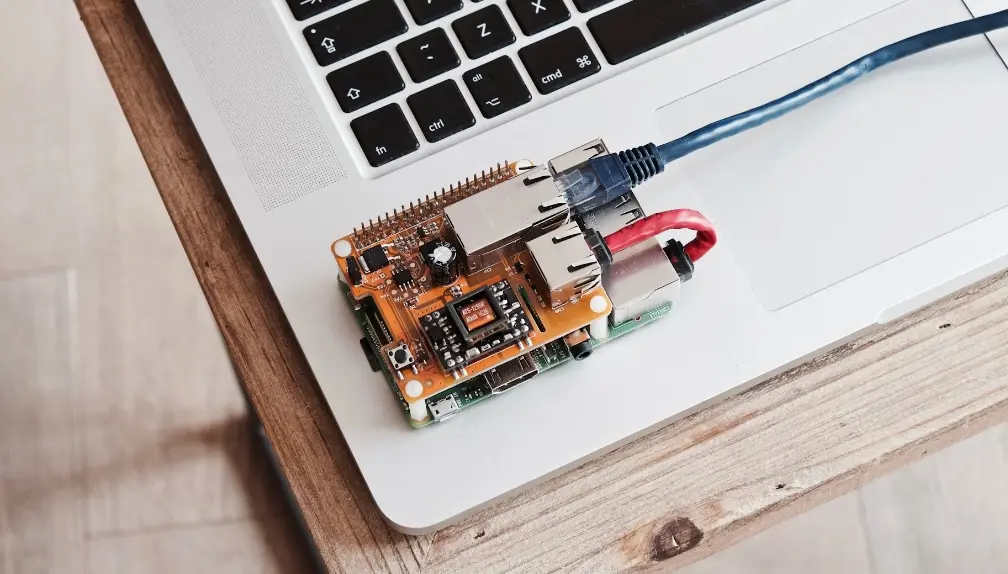
Sales Requirements:
1. All responsible suppliers of in-scope equipment must be a legal entity in Australia or New Zealand (including foreign companies with a registeRED business in Australia or New Zealand) and be registered on the national EESS database as a Responsible Supplier.
2. All level 2 (medium risk) and level 3 (high risk) electrical equipment must be registered in the national database before being sold.
3. Responsible suppliers must maintain documentation and evidence appropriate to the risk level:
Level 2:A compliance folder is required. If the supplier does not hold it, it must be obtained.
Level 3:A valid Certificate of Conformity (CoC) is required.
4. All in-scope electrical equipment must be marked with the Regulatory Compliance Mark (RCM).
Relevant AS/NZS Standards:
1. AS/NZS 3000– Wiring Rules
2. AS/NZS 3820– Essential safety requirements for low-voltage electrical equipment
3. AS/NZS 4417 Series– Regulatory compliance mark:
Part 1 (4417.1)– General rules for use of the mark
Part 2 (4417.2)– Specific requirements for electrical safety regulations
Joint Accreditation System of Australia and New Zealand (JAS-ANZ):
Procedure 15 – General requirements for product certification bodies (aligned with IAF GD 5)
Responsible Supplier Obligations:
1. Responsible suppliers are primarily responsible for ensuring their electrical equipment complies with safety regulations, including:
a) Registration – See sections 7.4, 7.6, and 7.7
b) Marking – See section 12
2. Compliance documentation must be available within 10 working days upon request by Australian or New Zealand authorities.
Authorized representatives must:
1. Make Responsible Supplier declarations
2. Maintain or provide access to records:
Compliance folders for level 2
Certificates of Conformity for level 3
3. Notify changes to registration details
Registration on the National Database:
All suppliers of in-scope electrical equipment must register on the national database. Upon registration, they will receive a unique Responsible Supplier Registration Number.
Equipment Registration Fees and Renewal:
Registration periods for level 2 or 3 equipment are 1, 2, or 5 years (for level 3, registration cannot exceed the CoC validity period).
Out-of-Scope Equipment:
Responsible suppliers of electrical equipment not defined as in-scope under EESS are not required to register.
Note:These suppliers are still responsible for ensuring electrical safety through compliance with AS/NZS 3820.
Examples: commercial toasters, cash registers, mobile phones (note: mobile chargersfall under level 3).
RCM labeling Requirements:
1. The RCM must be affixed on the external surface of the equipment, near the model identification.
2. If not feasible due to size/nature, RCM may be on the packaging.
3. Color: any; Height: minimum 3mm; Model/brand text: minimum 1mm.
RCM can also be used voluntarily if the supplier is registered and complies with Part 2 of the AS/NZS 4417 standard.
Imported Products:
All electrical products imported into Australia must demonstrate electrical safety compliance.
Certain regulated products require SAA Approval and labeling.
Level 3 products (declared under EESS) mustbe approved, certified, and labeled with a CoC number or the RCM.
Risk Classification of Low Voltage Electrical Equipment:
Level 1 (Low Risk)
Level 2 (Medium Risk)
Level 3 (High Risk)
Defined in: Definition and Risk Classification for In-Scope Electrical Equipment (EESS)
Low Voltage Equipment:
1. > 50V AC RMS or >120V ripple-free DC
2. <1000V AC RMS or <1500V ripple-free DC
3. For household, personal, or similar purposes
Relevant Standards Hierarchy:
1. Specific AS/NZSstandards + AS/NZS 3820
2. If no specific AS/NZS standard: IEC standards + AS/NZS 3820
3. If none apply: AS/NZS 3820 (baseline)
Risk Level Requirements:
Level 1 (Low Risk):
1. Meet relevant standards
2. rcm marking
3. English documentation proving compliance
4. Connection with a registered responsible supplier
5. Example:Video and image display devices (AS/NZS 62368.1)
Level 2 (Medium Risk):
1. Meet relevant standards
2. rcm marking
3. EESS registration
4. Compliance folder maintained by the supplier, accessible within 10 days if requested
Example:TV receivers (AS/NZS 62368.1)
Testing for Level 1 and 2:Can be conducted by any lab or internal lab
> Note:For voluntary Certificates of Suitability under EESS, tests must be from accredited labs.
Compliance Folder Must Include:
a) Product description:
1. Brand/model
2. Design documents (manuals, schematics, drawings)
3. Photos, artwork, labels
4. Usage, installation, safety instructions
b) Assessment records:
1. Test methods and results
2. Standards applied
3. Critical components list
4. Information on testing personnel, qualifications, recognitions
Retention:Must be kept for 5 years after registration ends and updated while the product is available.
Level 3 (High Risk):
1. Meet relevant standards
2. RCM marking
3. Valid Certificate of Conformity
4. EESS database registration
Examples:
Adapters: AS/NZS 62368.1, AS/NZS 61558.2.16, etc.
Vacuum cleaners, shavers, heaters, fans, plugs, sockets, etc.
Testing Requirement:Must be done by an accredited laboratory.
Acceptable Labs:
1. Accredited by NATA (Australia), IANZ (New Zealand), or ILAC MRA signatories
2. Labs under the IEC CB Scheme
3. Labs recognized under bilateral government agreements
4. All reports must include a test certificate (full, partial, or amended report).
RCM Mark:
1. A unified symbolrepresenting electrical safety and/or emc compliance for products in Australia and New Zealand
2. Owned by regulators in both countries
3. Not mandatory, unless otherwise required by law
4. To legally sell in-scope equipment, it must be marked with RCM per as/nzs 4417.1 & 4417.2
saa certification:
1. Provided by a JAS-ANZaccredited body
2. Recognized across Australia and New Zealand
3. Issued under the RECS scheme; verifiable on the EESS/RCM database
4. Products mustmeet SAA requirements to enter the Australian market
Two types of SAA marks:
1. Form approval:For samples only
2. Standard mark:Requires factory audits
Common certification scope includes:
1. Quality management
2. Environmental management
3. Occupational health and safety
4. Information security
Typical timeline: 3–4 weeks(may vary with product quality)
Non-compliant shipments may be seized, withheld, or fined.
Certificates are valid for up to 5 years.
Email:hello@jjrlab.com
Write your message here and send it to us
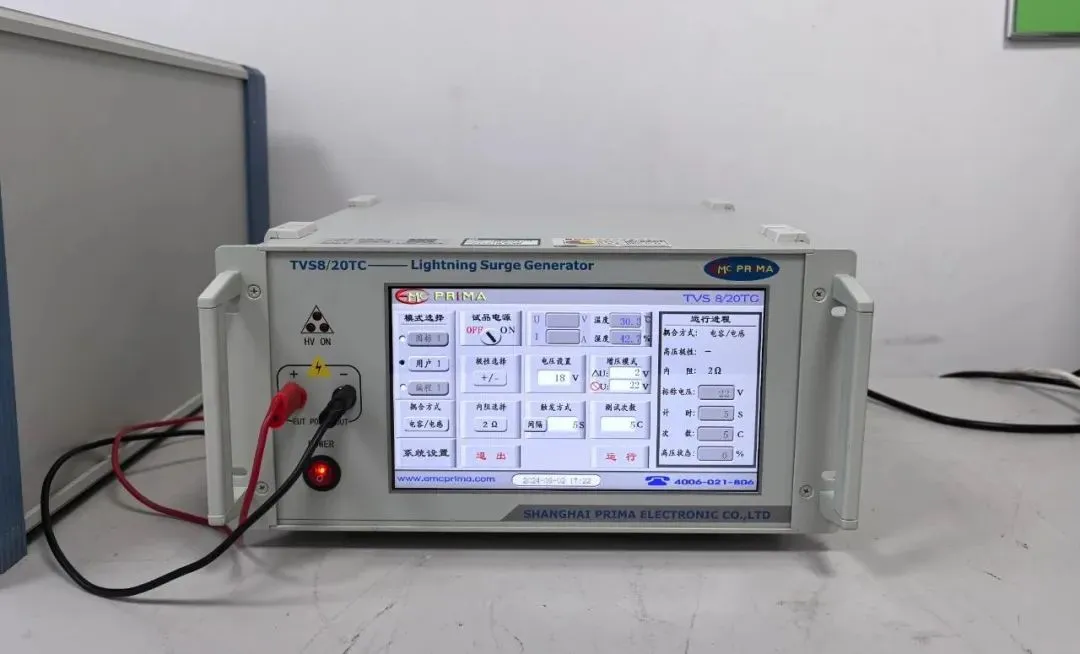 EMC Pre-Compliance Testing UK
EMC Pre-Compliance Testing UK
 EMC Compliance Testing Australia
EMC Compliance Testing Australia
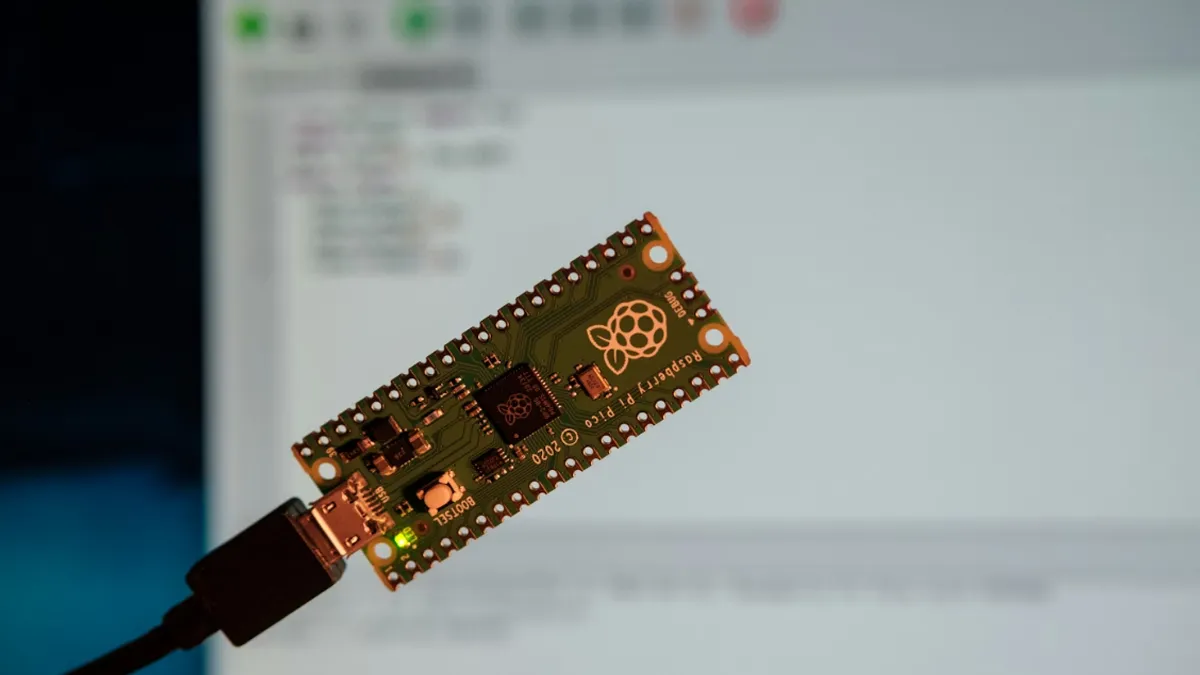 Electrical Compliance Testing NZ
Electrical Compliance Testing NZ
 Compliance Testing for Children's Clothing
Compliance Testing for Children's Clothing
 Amazon Product Compliance Testing
Amazon Product Compliance Testing
 What is RCM Compliance Testing?
What is RCM Compliance Testing?
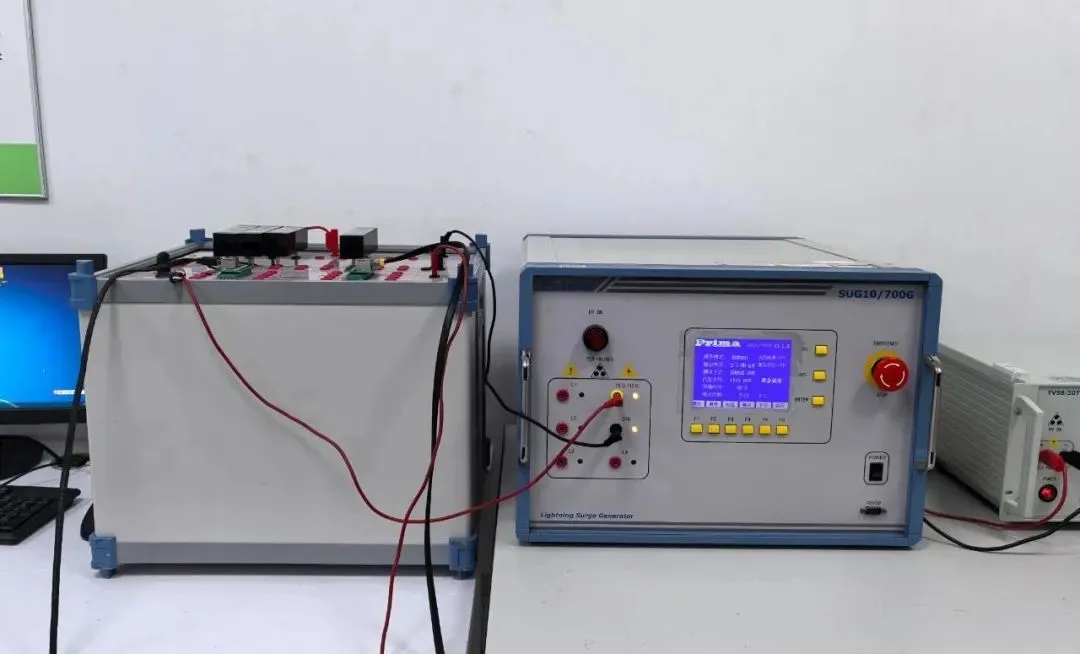 Electric Toy EN 62115 & EN 71 Testing
Electric Toy EN 62115 & EN 71 Testing
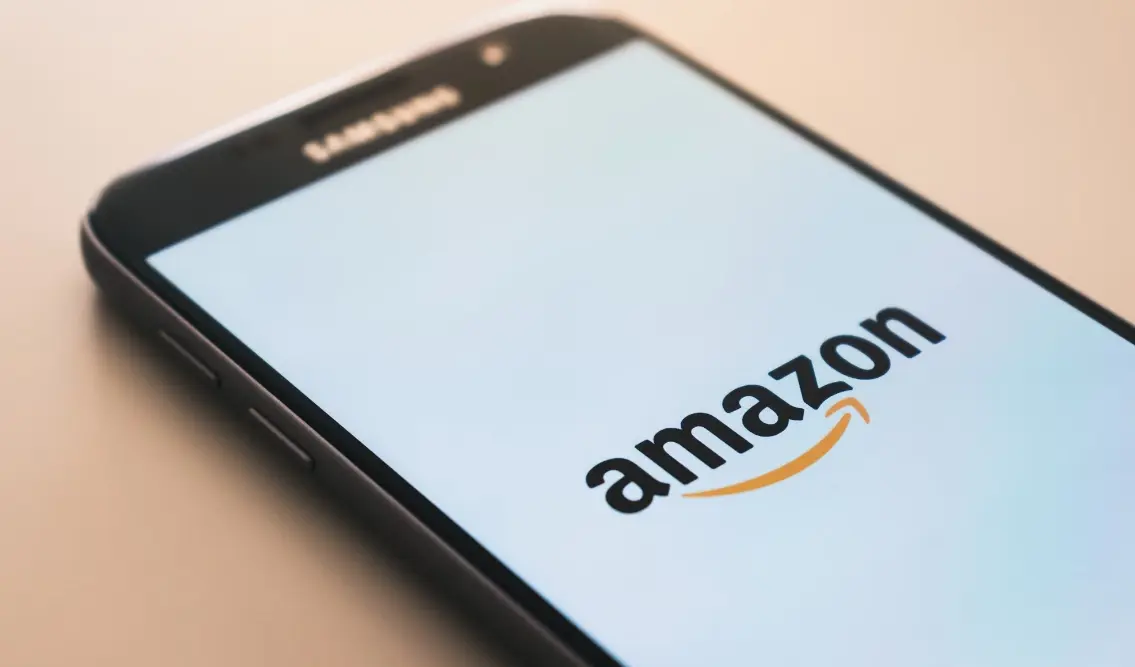 What are ASTM F963 and CPSIA?
What are ASTM F963 and CPSIA?
Leave us a message
24-hour online customer service at any time to respond, so that you worry!




